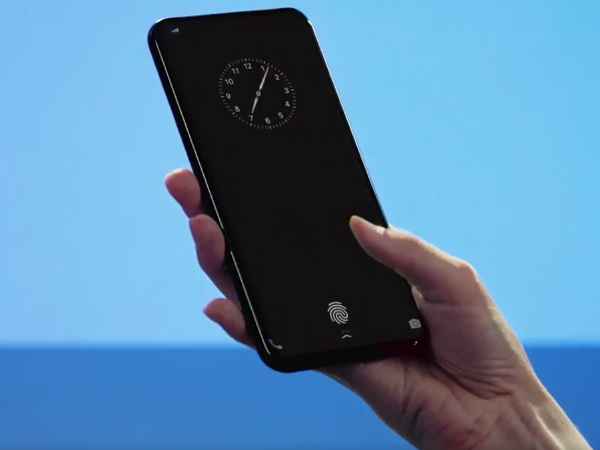At CES 2021 today, Qualcomm revealed another in-screen fingerprint sensor that it says is half quicker and 77% bigger than its past innovation. The new Qualcomm 3D Sonic Sensor Gen 2 is required to discover its approach to top of the line Android leaders this year, and it comes as Apple attempts to take Touch ID back to the iPhone.
As the Verge reports, the new Qualcomm 3D Sonic Sensor estimates 8mm x 8mm, up from the past age’s 4mm x 9mm surface territory. Qualcomm says that when consolidating the quicker processor and the bigger sensor, execution ought to be half quicker with the Gen 2 than with its predecessor.
“The new sensor is technically the third under-display ultrasonic fingerprint reader from Qualcomm, following the original 3D Sonic Sensor and the 3D Sonic Max (introduced in 2019) — which was effectively just a much larger version of the first-gen sensor, but it lacked any real speed improvements. While the 3D Sonic Sensor Gen 2 doesn’t quite match the 3D Sonic Max’s sensor (which measured a whopping 20mm x 30mm) in size, the speed improvements should more than make up for it.”
The 3D Sonic Sensor Gen 2 is relied upon to be utilized in cell phones, for example, the Galaxy S21, when in the main portion of 2021.
As you may review, a few reports have recommended that Apple will take Touch ID back to the iPhone setup when this year. Solid Apple investigator Ming-Chi Kuo detailed in August 2019 that it will deliver an iPhone with both Face ID and under-screen Touch ID in 2021.
In particular, Kuo composed that he anticipates that Apple should utilize a “variant of Qualcomm’s ultrasonic fingerprint-under-display system.” The points of interest here are hazy, and it’s obscure if Apple is as yet wanting to utilize some type of Qualcomm’s innovation, or on the off chance that it has built up its own.
What’s more, the dependable leaker L0vetodream has likewise revealed that in-screen Touch ID will before long advance toward the iPhone. Bloomberg has additionally said that Apple will add under-show Touch ID to the iPhone.
Offering both Touch ID and Face ID would expand by and large accommodation and speed of opening the iPhone. A client would enlist their fingerprints and facial signature, and the telephone can open when either acknowledgment succeeds. There is likewise the normal issue of Face ID not working with face covers, which could be addressed by Touch ID additionally being accessible as an alternative.
At long last, if clients needed their iPhones to be as make sure about as could reasonably be expected, they could hypothetically empower both Touch ID and Face ID, and the iPhone would just open after the two types of biometric validation were effectively recognized.

Michael is an accomplished writer and editor who has now working in Boston New Times. Walker books can purchase at bookstores. He wrotes news on Entertainment, Technology and World.
Disclaimer: The views, suggestions, and opinions expressed here are the sole responsibility of the experts. No Boston New Times journalist was involved in the writing and production of this article.
